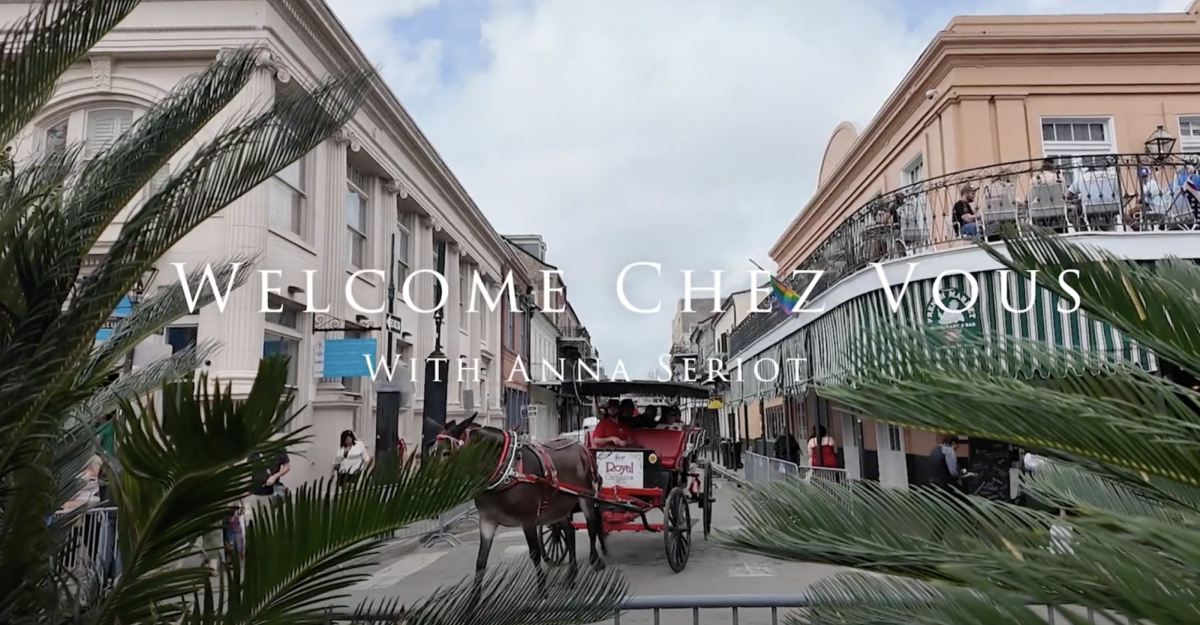For many years, Loyola has been the wintering grounds for Peregrine falcons, a unique and endangered species.
They arrive in New Orleans around October, stay all winter, and leave around April. Their summer home and breeding ground is the tundra of northern Canada.
The fastest animal alive, Peregrine falcons can dive in excess of 200 mph. They use this speed as bird feeding specialists, catching their prey on the wing. Thus not only speed, but also maneuverability, are important to them.
When in town, they are often seen flying around campus and over adjacent neighborhoods and Audubon Park. When not on the wing, they are observed sitting atop or around the ledges of Holy Name Church and similar sites on Marquette Hall.
Professor of the Practice, Danota Henry, specializes in Ornithology and Ecology at Tulane University. Henry often watches these birds from a balcony on the fourth floor of the Lindy Boggs Center as they perch on the Loyola letters on the west side of Buddig Hall.
Peregrines faced potential extirpation in the United States around the 1960s. The widespread use of chlorinated hydrocarbon pesticides concentrated in the environment, especially around the mouths of major rivers like the Mississippi. These chemicals either directly kill the birds or impede on their ability to breed.
As a top predator, peregrines ingested huge doses of these chemicals, which disrupted their calcium cycle and caused their egg shells to thin. As a result, the species suffered massive nesting failures and their population plummeted in a short period of time.
Public outcry resulted in laws that prohibited the widespread use of chlorinated hydrocarbon and the species has since begun the process of recovering from previous exposure. The peregrines continue to give onlookers a thrill with their annual visits to Loyola’s campus.








